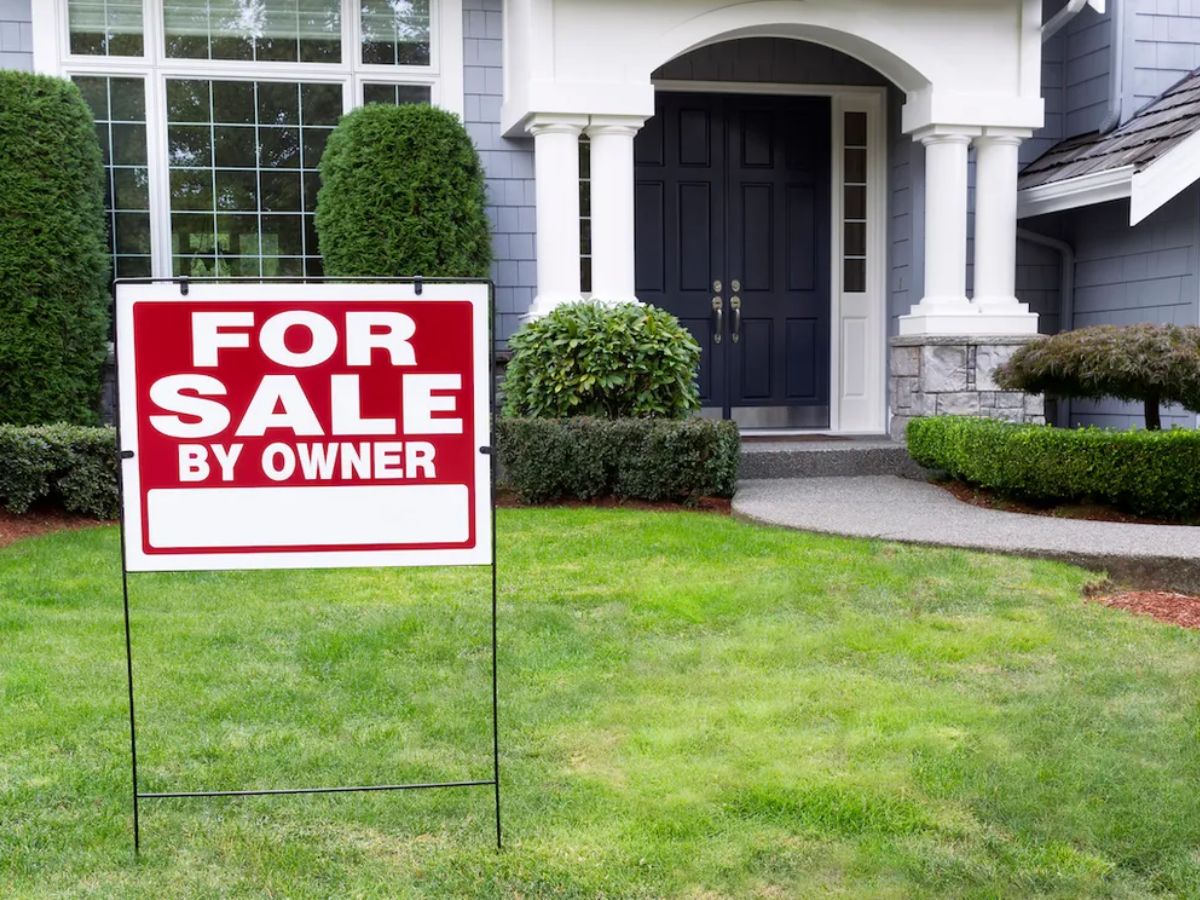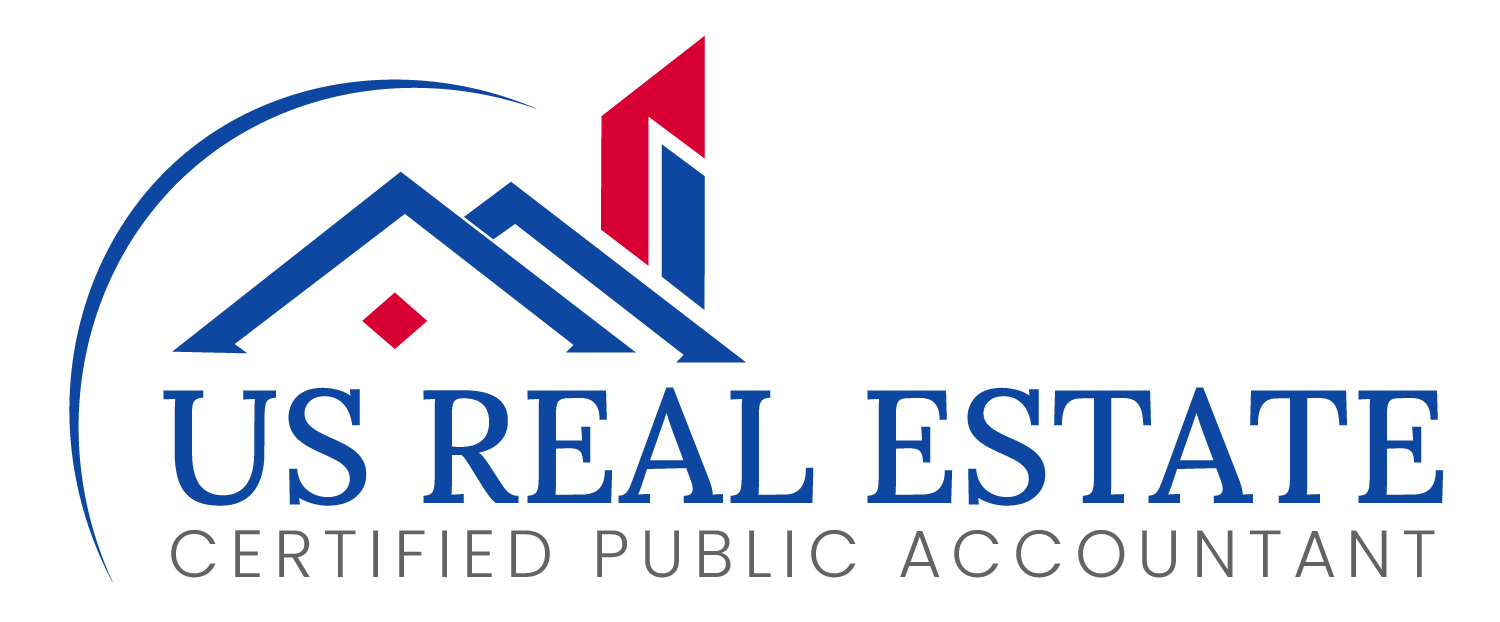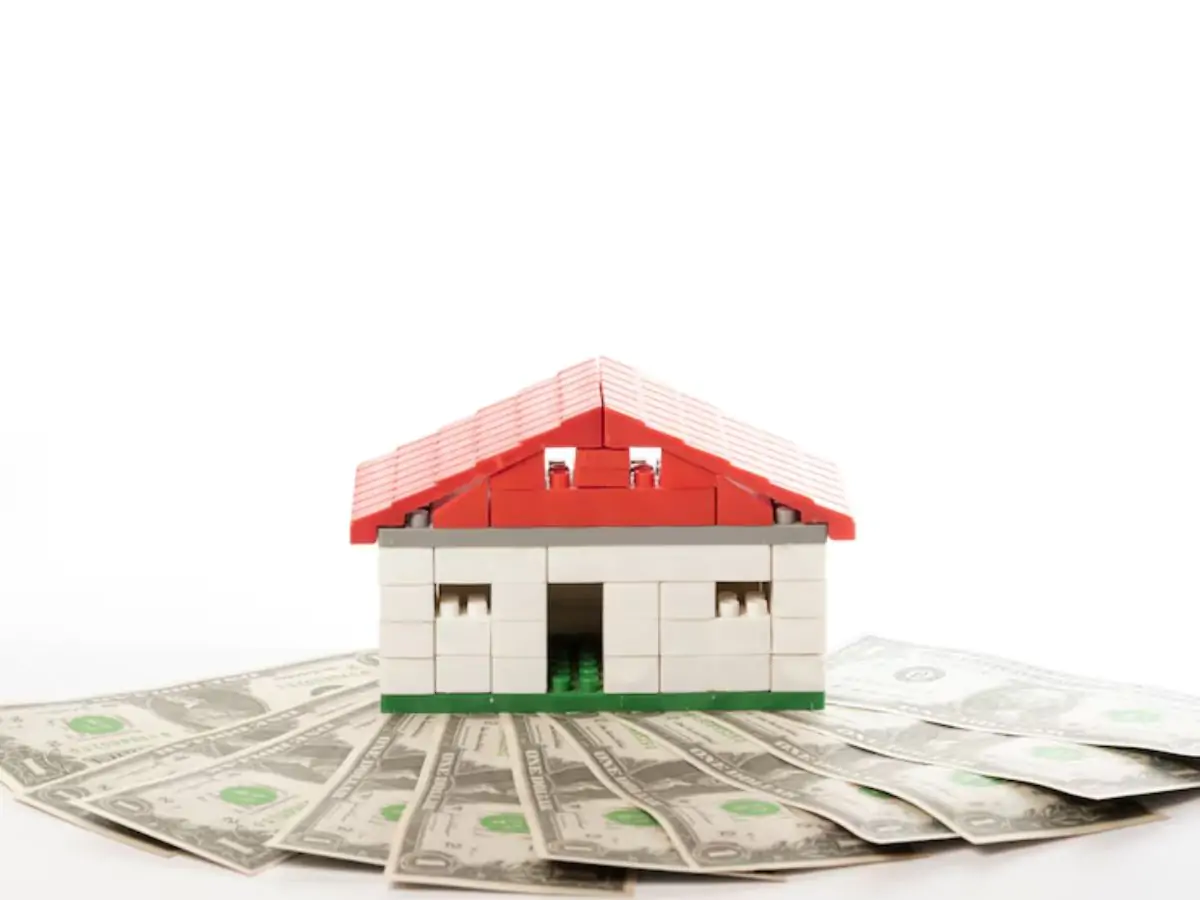
How to Get a Mortgage With Bad Credit: A Step-by-Step Guide
Buying a home with bad credit might seem hopelessly impossible. But here’s the truth: you can still get the keys to your dream home with the right strategies. Here’s how to make it happen.
What Is a Bad Credit Score?
Before diving into the details, let’s define what “bad credit” really means. Credit scores range from 300 to 850. Here’s a breakdown:
- 750 and above: Excellent credit
- 700–749: Good credit
- Below 700: The red zone, where lenders start to hesitate.
If your credit score is below 580, securing a traditional mortgage becomes harder. But don’t lose hope just yet—there are still options available for those willing to do a bit of extra legwork.
Step 1: Check Your Credit Report
The first step is understanding where you stand. Visit AnnualCreditReport.com to access free copies of your credit reports from the three major bureaus: Equifax, Experian, and TransUnion.
Look for Errors
Surprisingly, errors on credit reports are common. According to a Federal Trade Commission survey, 1 in 4 Americans found inaccuracies in their reports. Errors can be:
- Accounts you never opened
- Incorrect late payments
- Wrong balances
If you spot a mistake, contact the creditor or the credit bureau to dispute it. Correcting those errors can give your score an instant boost.
Tackle Legitimate Issues
If your low score is due to missed payments or high credit card debt, start making changes now. While it won’t happen overnight, regular, on-time payments will gradually boost your credit.
Step 2: Know Your Loan Options
If your credit isn’t perfect, certain loan options are designed to help borrowers like you.
1. FHA Loans
Federal Housing Administration (FHA) loans are a popular choice for those with lower credit scores.
- Minimum Credit Score: 500
- Down Payment: 10% if your score is between 500 and 579; 3.5% if it’s 580 or higher.
- Drawback: You’ll pay a mortgage insurance premium of 1.75% of the loan amount.
2. Conventional Loans
While conventional loans typically require higher credit scores, some lenders may approve borrowers with lower scores if they make a larger down payment or show strong financial stability.
Step 3: Leverage Your Down Payment
If your credit score is less than ideal, a big down payment can make a huge difference. Because it mitigates the lender’s risk.
- Standard Down Payment: 20%
- Stronger Application: A 25% or 30% down payment can lift your chances of approval and even help you negotiate better terms.
Even if your interest rate ends up higher due to your credit score, the equity you build with a larger down payment can make homeownership worthwhile.
Step 4: Partner With the Right Lender
Not all lenders are created equal. A good lender can help you by:
- Offering loan options that fit your situation
- Suggesting ways to improve your application
- Exploring solutions like using a cosigner or other ways to verify your credit
Step 5: Be Realistic About Interest Rates
With a low credit score, expect to pay a higher interest rate than someone with excellent credit. Though this means higher monthly payments, don’t let it discourage you. Rates are still historically reasonable compared with decades past, and buying now could help you start building equity sooner.
Step 6: Keep Working on Your Credit
Even after securing a mortgage, improving your credit should remain a priority. This will not only save you money if you refinance later but also make future financial goals—like buying a car or funding home revonations—easier to achieve.
Final Thoughts: Yes, You Can Buy a Home
Bad credit doesn’t have to mean giving up on homeownership. With careful planning, determination and the right resources, you can secure a mortgage and start building a brighter future.
So don’t let your credit score dictate your dreams. Take the steps outlined here, work with a lender who understands your needs and keep moving forward. Your dream home is closer than you think.



